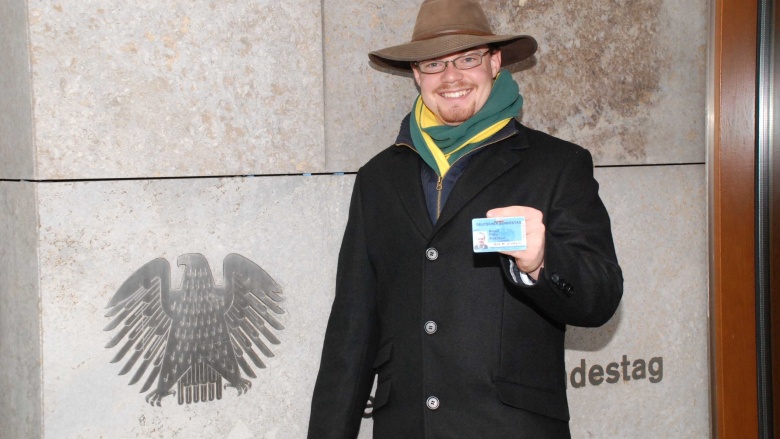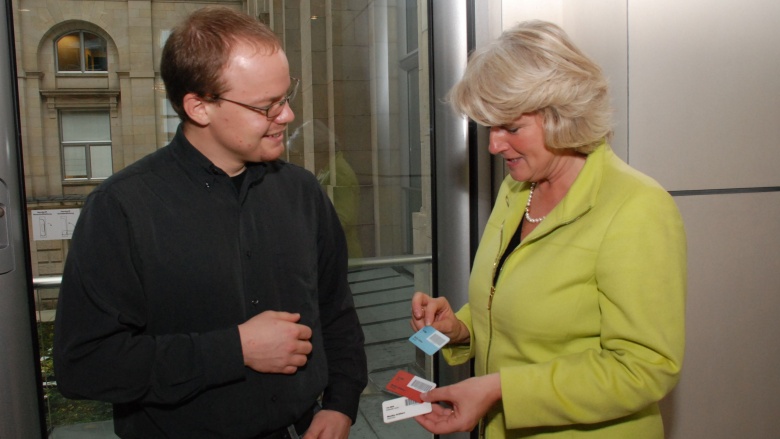An outsiders look in,
The Bundestag through the eyes of an American Intern
The capital Berlin:
Berlin has been the focal point of the reunification of Germany in 1990. Most outsiders would say that after the wall fell and Germany was united everything went back to normal. The German parliament moved back to Berlin, and along with it most of the international political and diplomatic presence. The trains run on time all over the city, during the division of Germany the city of Berlin was literally split between to different countries, it was in effect two cities with an impassable border, the wall. This wall has become a tourist attraction with tourists from around the world flocking to see one of the focal points of the Cold-war, Check Point Charley and the city it’s self.
City/State-parliament of the Capital; the Abgeordnetenhaus Berlin:
For the city and its government however “normal” has meant for the last seventeen years an unemployment rate of between 8 and 15 percent continually. It continues to mean disputes over schools and education; privatization verses continued state ownership; and rebuilding the ‘dead zones’ along the former border sections, especially housing and industry. This would be a massive task for any democratically elected government especially one that is a generous welfare state. To say the least Berlin still has a large number of problems that the Abgeordnetenhaus continually is seeking to resolve. This all makes for a very interesting political environment to be studying and observing.
The American political system:
As I entered into the heart of the German Government, the Bundestag, the power and the history of the building caused me to reflect on the US government as a counterpart to the German government. The US government is made up of three separate bodies; the executive (the president and the cabinet), Legislative (the Senate and the House of Representatives), and the Judicial (the Supreme Court). The president is elected by the people through an Electoral Collage, officials elected to vote on behalf of the states. The House of Representatives and the Senate officially count the votes and announce the President, however they have no influence over who is elected. The President elect then selects his Cabinet, this is usually made up of non political friends, who have often provided funds for the presidential election campaign. The office of the president has the final say and the power of veto on all legislation. One other power that the president has is he is the Commander and Chief of the US military. This means he has the authority to command military actions for up to 90 days with out approval of the Congress.
The Legislative branch is divided into two separate bodies the Senate and the House of Representatives. The Senate is made up of two directly elected members from each state and has a six year term. The House of Representatives has 435 members, each state is represented as a function of its population, who are directly elected every two years. These two bodies are officially the creator of all legislation, however both houses must pass a bill before it can go to the president to be signed into law. The congress also controls the budget and must approve funding for all extensive military actions, as well as declare war.





Empfehlen Sie uns!